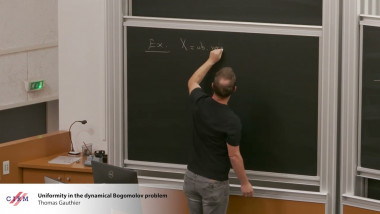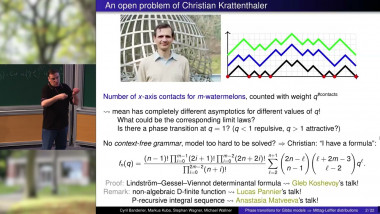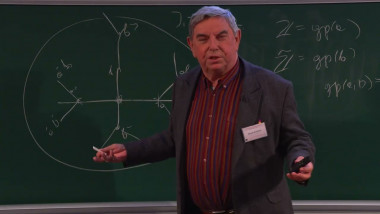Boosting and waning: on the dynamics of immune status
De Odo Diekmann
Apparaît également dans les collections : Models in population dynamics and ecology / Modèles en dynamique des populations et écologie, Exposés de recherche
The aim is to describe the distribution of immune status in an age-structured population on the basis of a within-host sub-model [1] for continuous waning and occasional boosting. Inspired by both Feller's fundamental work [2] and the more recent delay equation formulation of physiologically structured populations [3,4], we derive, for a given force of infection, a linear renewal equation that can be solved by successive approximation, i.e., by generation expansion (with the generation number corresponding to the number of times an individual became infected). In joint work in progress with Wilfred de Graaf, Peter Teunis and Mirjam Kretzschmar we want to use either the generation expansion or an invariant/stable distribution as the starting point for the efficient computation of coarse statistics.












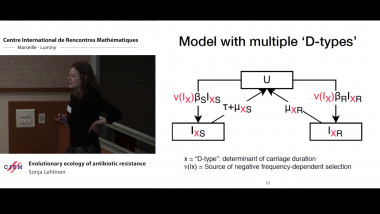
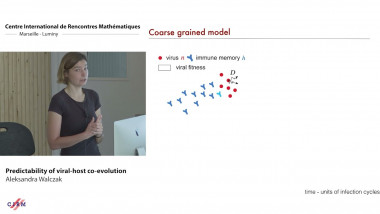
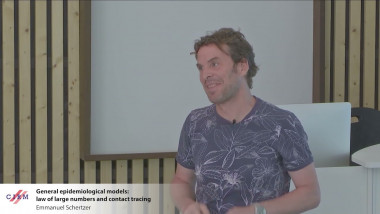


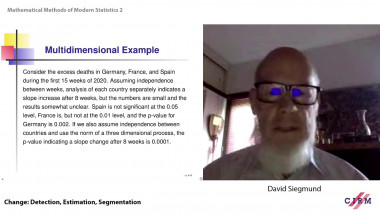

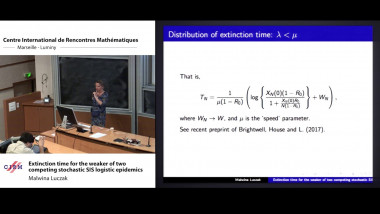
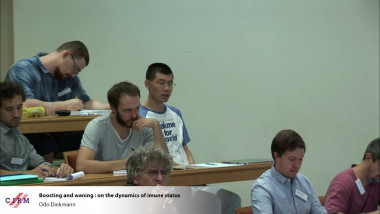
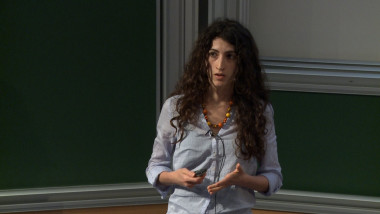

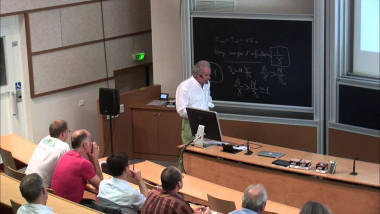
![[1243] Degrés dynamiques](/media/cache/video_light/uploads/video/SeminaireBourbaki.jpg)

